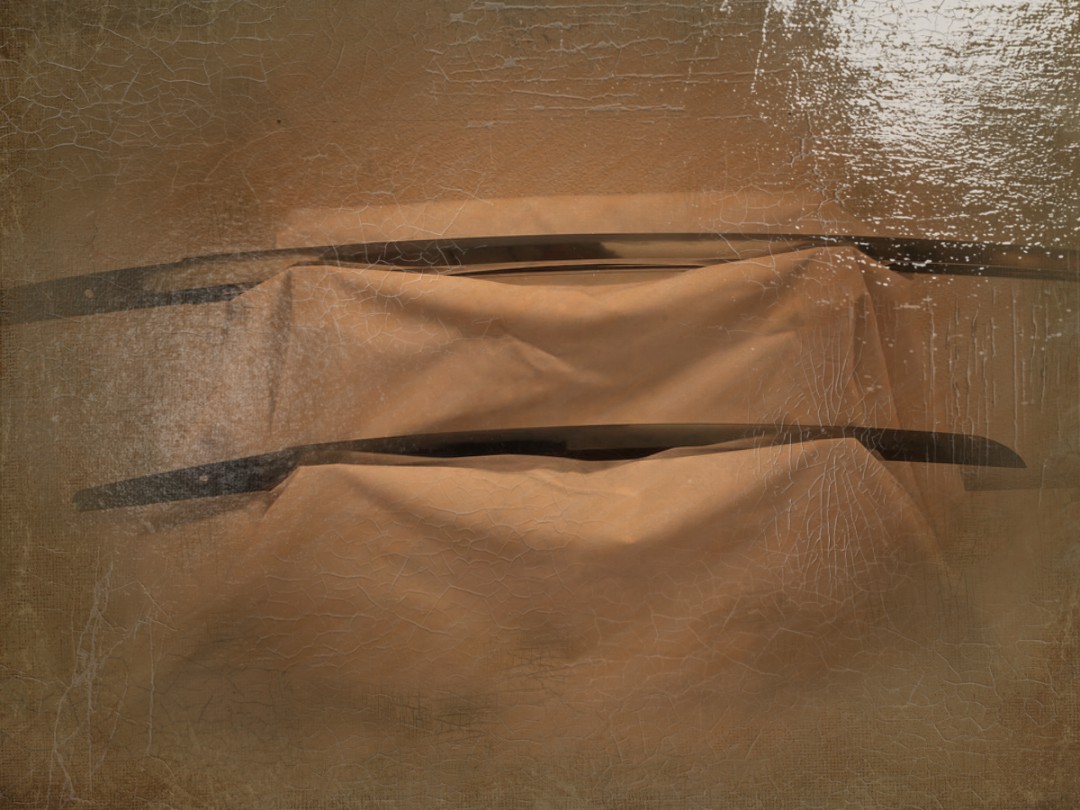
Japanese Stones and Discoveries
- 佐田京石 Sada-no-Kyoishi -
Standing Stones in Kyūshū. Most splendid standing stones in Japan. 9 stones, maybe the survivors of 5 pairs, are standing at the foot of Mt. Komekami-yama in which lie some outcrops of pillar stones, ancient people seemed to make a new artificial ritual place at the foot of the mountain.
In 1991, 19 pillar stones were dug out from rice fields near by and then stood beside the original stones.
Komekami - yama 米神山 Stone Circle -
Stone Circle in Kyūshū
On the top of the Mt. Komekami-yama, not so high (475m) but steep mountain, there lies a stone circle. The menhirs of Sada-no-Kyōishi and Koshiki-iwa also stand at the foot of, and the strange outcrops of pillar stones in the wood halfway up of this mountain.
- Tabata ⽥田端 Stone Circle -
Discovered under a field in 1968.
Recently buried back and replica stone circle was placed on it.
- Ajiro Island -
Tiny Iron Spheres are Oldest Fossiized Space Dust
Japanese researchers have discovered the first micrometeorites known to land on Earth. No larger than droplets of fog, the spherical, iron-rich particles arrived 240 million years ago, 50 million years before the previous record-holding space dust.
"These are the the oldest fossil micrometeorites I've ever heard of, and the preservation is fantastic. They look exactly like their modern equivalents," said geologist Susan Taylor of the U.S. Army Corps of engineers, who wasn't involved in the work, published in Geology May 4. "If we can figure out where these things came from, they can help inform us about the history of the solar system."
Meteorites and micrometeorites come from comets and asteroids, many as old as the Solar System itself. Although larger space rocks are more popular, they're exceedingly rare. The overwhelming majority of extraterrestrial material is dust, of which some 30,000 tons falls from space each year..
About 90 percent vaporizes while passing through the Earth's atmosphere, producing the sparks seen during meteor showers. Of what makes it to the ground, a small fraction gets stuck in mud, clay and other sediment that becomes fossilized.
Bulletin of the Geological Survey of Japan, vol. 70 (1/2), p. 43–89, 2019
Hells of Beppu - Umi Jigoku -
The "hells" (地獄, jigoku) of Beppu are seven spectacular hot springs for viewing rather than bathing. They are presented to visitors in a rather touristy fashion, which might not appeal to everyone. Five of the hells are located in the Kannawa district and two in the more remote Shibaseki district.
Kannawa District Umi Jigoku One of the most beautiful hells, the "sea hell" features a pond of boiling, blue water. In its spacious gardens, there are a few smaller, orange colored hells and a clear water pond with lotus flowers whose large leaves are strong enough to carry small children.
Oniishibozu Jigoku This hell is named after the mud bubbles, which emerge from boiling mud pools and look like the shaven heads of monks. There is also a foot bath with clear water. Adjacent to the hell is a public bath with multiple pools.
Shiraike Jigoku True to its name, the "white pond hell" features a pond of hot, milky water. The pond is surrounded by a nice garden and a small, run-down aquarium that has seen better days.
Kamado Jigoku The "cooking pot hell" features several boiling ponds and a flashy demon statue as cook. On the grounds, visitors can drink the hot spring water, enjoy hand and foot baths, inhale the hot spring steam and try various snacks cooked or steamed by the hot spring.
Oniyama Jigoku A large number of crocodiles are bred and kept on the grounds of the "monster mountain hell".
Shibaseki District Chinoike Jigoku The "blood pond hell" features a pond of hot, red water and a large souvenir shop. It is one of the most photogenic hells.
Tatsumaki Jigoku The "spout hell" features a boiling hot geyser, which erupts every 30-40 minutes for about 6-10 minutes. A stone plate above the geyser hinders it from reaching its full height. A short walking trail leads up the forested slope in the back of the hell grounds.
Ryōan-ji 竜安寺
Motorikyu Nijo Castle, Nakagyo-Ku, Kyoto-Shi, Kyoto





